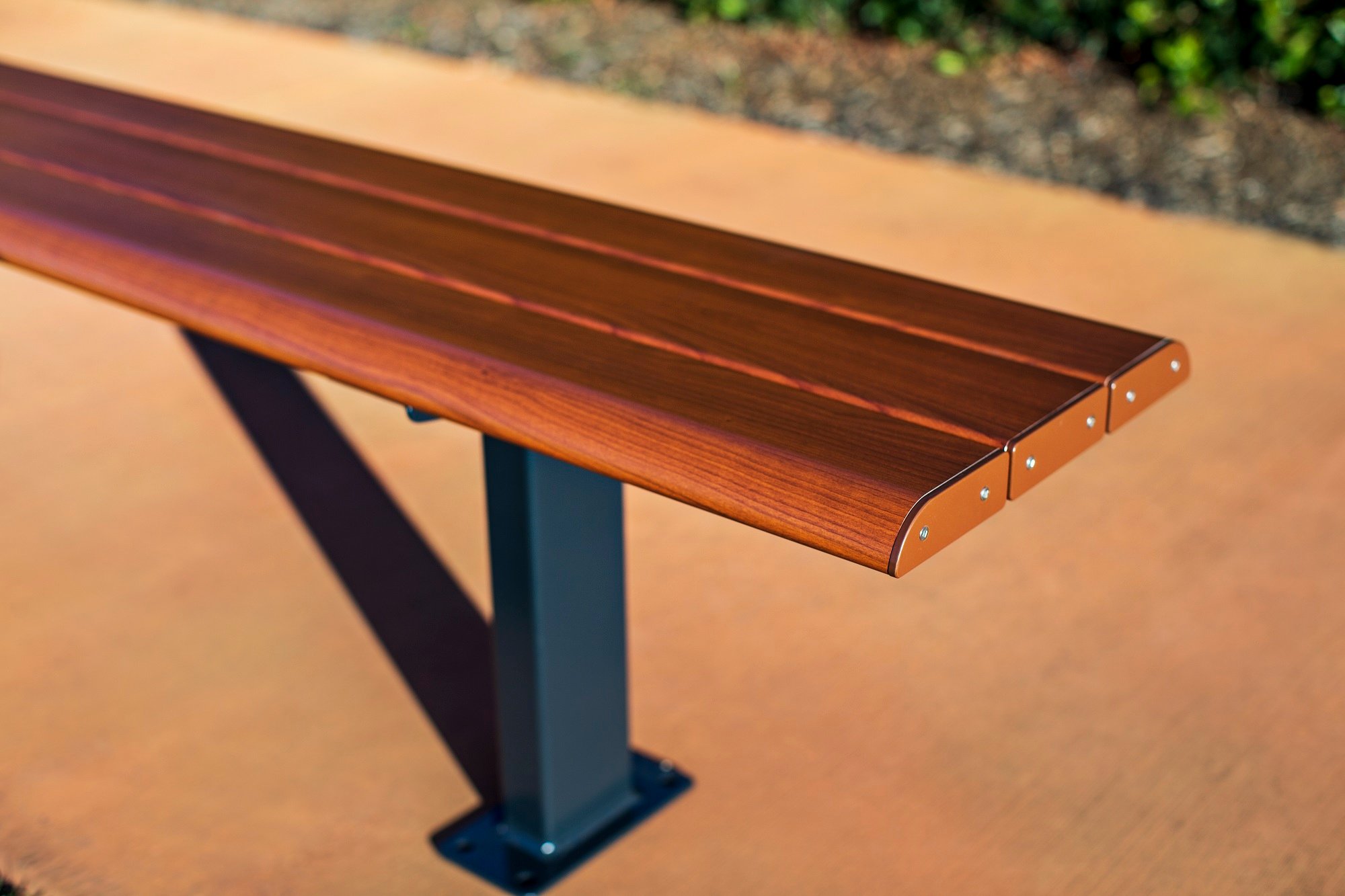October 14, 2025
Parks are the focal point of our communities, the places where we play, socialise, exercise and foster a healthy relationship with the outdoors, all of which provide significant benefits for our health and wellbeing. This is why it is so important that our parks are accessible for every member of the community, regardless of age and ability.
Accessible parks connect people through ’universal design’ by providing opportunities for people of all ages and abilities to engage in activities together, thereby breaking boundaries to create inclusive communities.
The concept of ‘universal design’ revolves around creating spaces that are accessible from its inception. This not only saves time and money, but ensures that the space is friendly for every user. Examples of universal design include ramps, sloped curbs, public toilets on the ground floor, and absorbent playground surfaces. Each of these designs are built from the ground-up with accessibility in mind, ensuring that people of all abilities can access every facility from the moment the space is opened to the public.
Building on universal design, every facility of the park is built with accessibility in mind. In the playground it revolves around building equipment, including swings, play towers, spinners and more, with accessibility options. All-abilities play is a great way to get every child involved and promote inclusivity, and physical and emotional growth.
Kids aren’t the only ones who can benefit from accessible equipment. Adults are also able to join in on the fun with accessible assets available to them. Accessible park settings, such as picnic tables and BBQs, should provide automatic wheelchair accessibility to make sure no one misses out. The GX Outdoors Frontier Easy Access BBQ, available in both single and double configurations, easily accommodates wheelchair users in any park location.
In addition to park facilities and equipment, it is important that public attractions should be accessible. By providing accessible options where possible at public boardwalks, low-intensity hiking paths, popular lookouts and more, the value of the park is increased and a richer outdoor experience is opened up to people with disability, ensuring no one misses out.
The inclusion of accessible facilities and designs also offers significant economic benefits for public parks and spaces. Research has shown that a lack of access for visitors with disability could result in billions of annual revenue lost for our public spaces.
1 in every 5 Australians have disability, with 77% of this population reporting physical disability (Australian Network on Disability). It is integral both for the economy and wellbeing of Australia’s communities that every Australian is catered for in our public parks. By ensuring accessibility and universal design is always a priority, Australia moves closer to building a more inclusive and healthier society.



 Back to News
Back to News 

